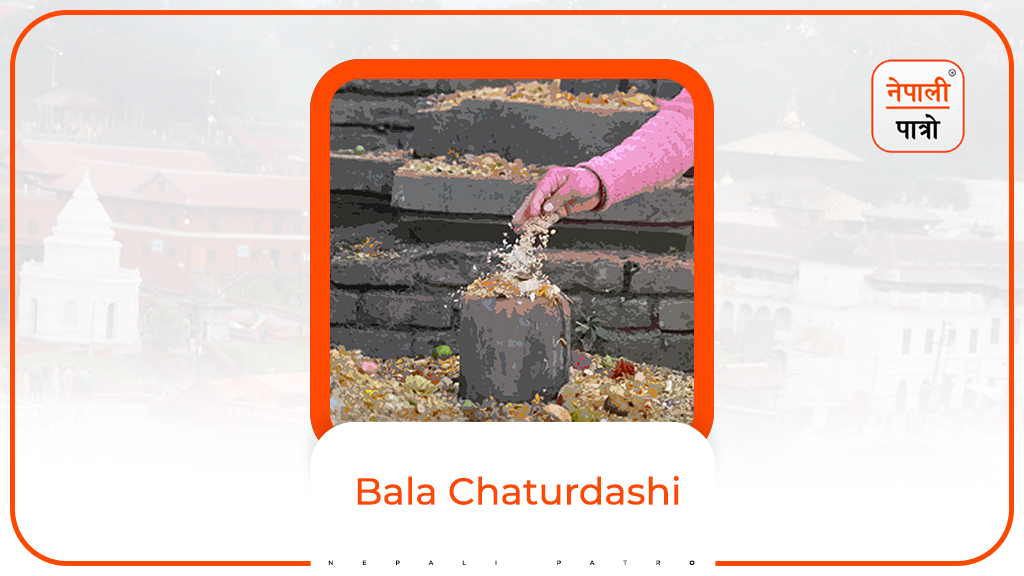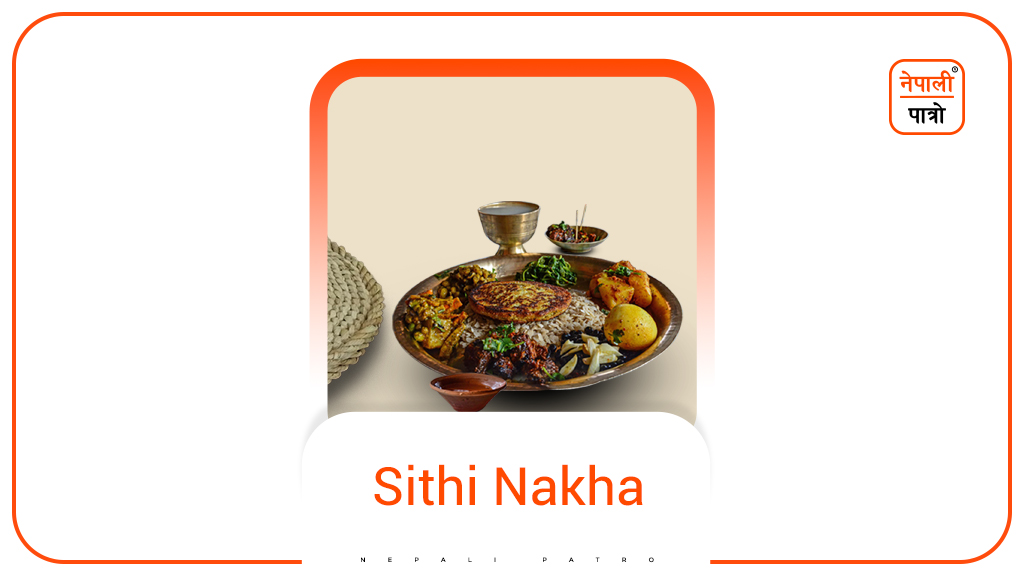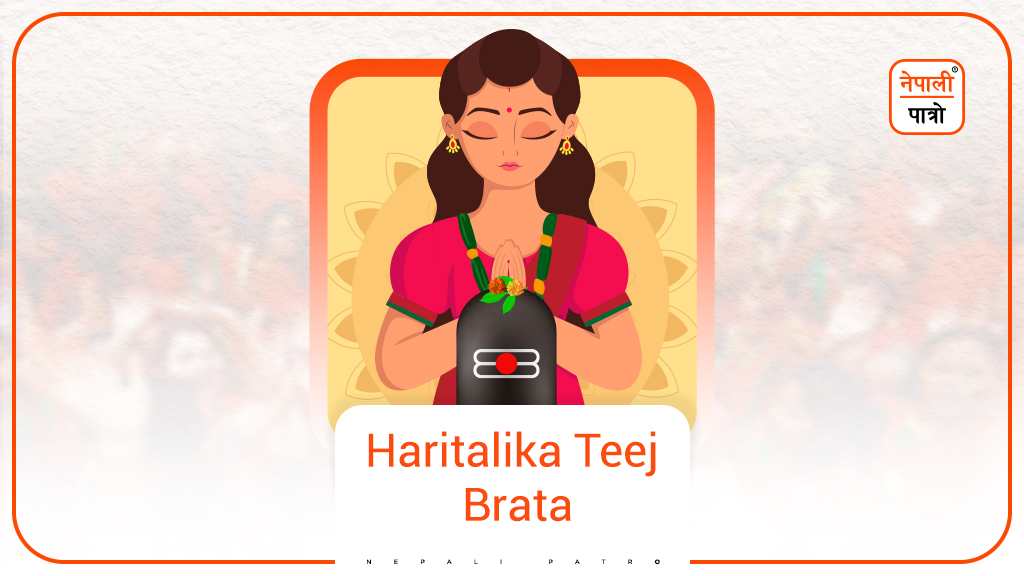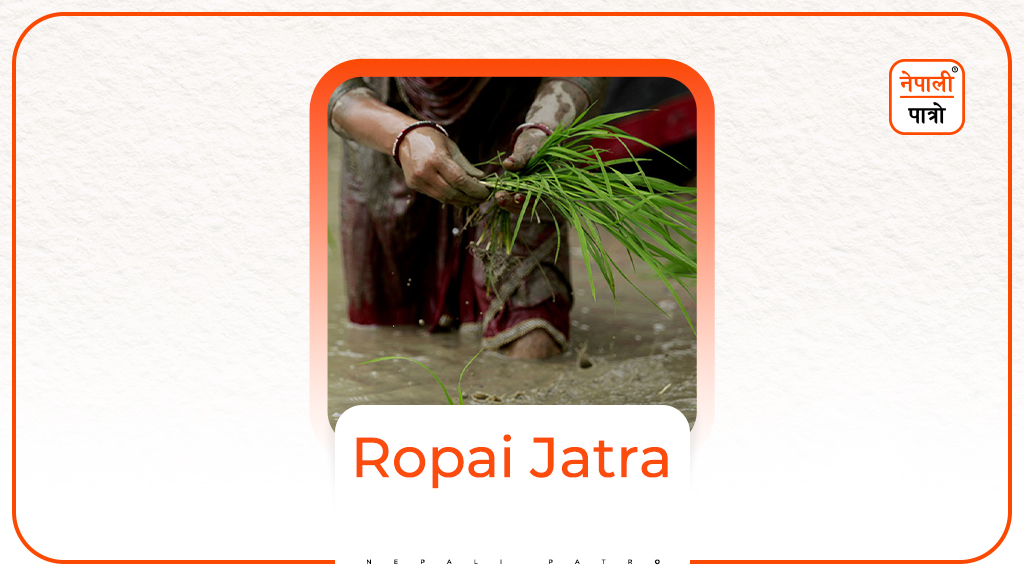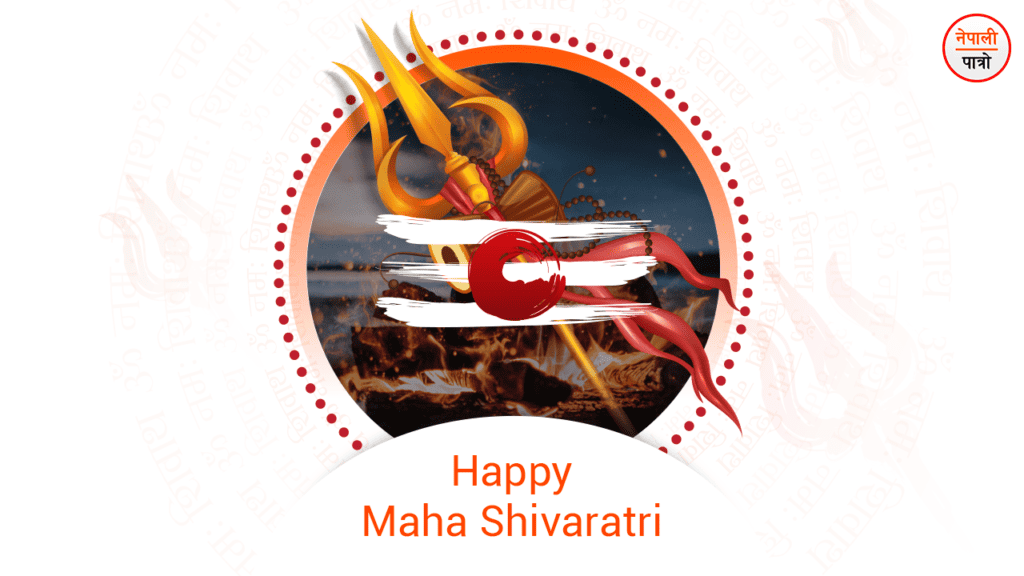
Maha Shiva Ratri
The day when Lord Shiva appeared first in this world is the night of Shiva also known as Shivaratri. The religious belief states that the form of the eternal Lord Shiva, the Jyotirlinga (the Shivalinga form of Brahman or three divinities, Bramha, Bishnu, and Shiva himself.) came to the public vision during the night of Falgun Krishnapaksh, on Chaturthi. Since the adorable god of the Hindus, Lord Shiva can be easily pleased, he is also worshipped as “Ashutosh”. This holy night is called Mahashivratri because God Shiva himself appeared that night.
Lord Shiva is eternal, universal, ubiquitous, and unending. Lord Shiva is the trilogy of Brahma-Bishnu-Mahesh for the creation, upbringing, and destruction of the entire material world. Shivratri is considered to be the most sacred to whole human beings since it was the first night that lord shiva appeared in this world as a Jyotir Linga.
During the era of Satya Yuga through the churning of the ocean, a toxic venom (Hala Hal) was produced. The effect started to take human lives due to its fierce flame. Not being able to see the suffering of nature and people, Lord Shiva drank the venom but he guarded it in his throat. His throat changed its color to blue because of the effect of the venom, which is why lord shiva is also famous as Nil Kantha.
The preacher and thesis of Gamshasthra (mantras) are Lord Bishnu whereas Agamshastra (Tantra) is of the wise and adorable Lord Shiva. Synonyms of Yagya (fire worship) and Tapa (Tenacity) are Lord Vishnu and Shiva respectively. Lord Vishnu is the Supreme Shaiva, and Lord Shiva is the Supreme Vaishnavite. Lord Vishnu is the adorer of the ascetic as well as the protector, and Lord Shiva is the lover of Yagya. Lord Shiva is also a lover of Foods offered during fire worship.
Manyu (spirit), Manu (human), Mahinas, Mahaan (great), Shiva (Shiva), Ritdhwaj, Ugrareta (a form of Rudra), State of Being (bhaba), Time (Kaal), Bamdev (dwarf), and Dhritbrat are eleven forms of lord Rudra. Sadhyojat, Bamdev, Aghor, Tatpurush, and Ishan are the five faces of lord shiva.
The Acharya (Principal) of all the Vidyas (knowledge) and arts is Lord Shankar. Grammer originated from the Maheshwar Sutra. The music originated from the sound of the Lord’s damaru (a two-faced small drum) and dances were also created by the Natraj, Lord Shiva himself. People and gods too are believed to have received Ayurveda, Archery, and other knowledge from Lord Shiva.
The Puranas (holy scriptures) describe the importance of four major nights – Kalaratri, Moharatri, Sukhratri, and Shivaratri. Among these, Shivaratri celebrated on the Krishna Chaturdashi is especially important. Shivaratri is the dearest day of Lord Shiva, which brings happiness and well-being to the hearts of all living beings, suffering, and distressed beings.
Considered to be the holiest among the fastings performed on the night of Shiva, (Shivaratri) people offer the best of the vows with leaves of Bel Plant (Aegle marmelos) for the fulfillment of desire as well as lifetime happiness and Shiva Lok after death.
During this night of Shiva, worshipping, and fasting done without food or water, staying awake during the night, and chanting the Shiva hymns are considered to be the best karmas (Shiva Pujan) of this night.
Shiva Worship Method:
There is a tradition of worshipping shiva for four prahars (prahar starts from sunrise and a day consists of four prahar till sunset, three hours is one prahar). In each prahar, an argha (offering water for the respectful reception) is given using sixteen types of homage and services. After the worshipping of the first prahar, shiva lingam should be provided with a special bath of milk or a bel leaf /fruit, and Argha should be given reciting the following mantra:
ॐ नमो यज्ञ जगन्नाथ नमस्त्रिभुवनेश्वर ।
पूजां गृहाण मद्दत्तां महेश प्रथमे पदे ।।
After the worshipping of the second prahar, the shiva lingam should be provided a bath with curd, lemon/ citrus medica, and Argha should be given reciting the following mantra:
ॐ नमोऽव्यक्ताय सूक्ष्माय नमस्ते त्रिपुरान्तक ।
पूजां गृहाण देवेश यथाशक्त्युपपादितम् ।।
After the offering of the Third prahar, Shivaji should be provided a bath with Ghee including banana, and Argha should be given reciting the following mantra:
ॐ बद्धोेऽहं विविधैः पाशैः संसारभवबन्धनैः ।
पतितं मोहजालं मां त्वं समुद्धर शंकर ।।
After the offering of Fourth Prahar, a bath with Honey should be provided with the Argha to Shiva reciting the following mantra:
ॐ नमः शिवाय शान्ताय सर्वपापहराय च ।
शिवरात्रौ मया दत्तं गृहाणाघ्यं नमोऽस्तु ते ।।
Then in the morning time, after regular bathing and purification, the Argha should be given reciting the following mantra:
ॐ दुःखदारिद्र्यभावैश्च दग्धोऽहं पार्वतीपते ।
मां वै त्राहि महादेव किं न जानासि शंकर ।।
किं न जानासि देवेश तावद् भक्तिं प्रयच्छ मे ।
स्वपादाग्रतले देव दास्यं देहि जगत्पते ।।
After the special ritual of Argha, worshipping should be concluded by providing food to the Brahmin. To Read this article in the Nepali Language please click here.
